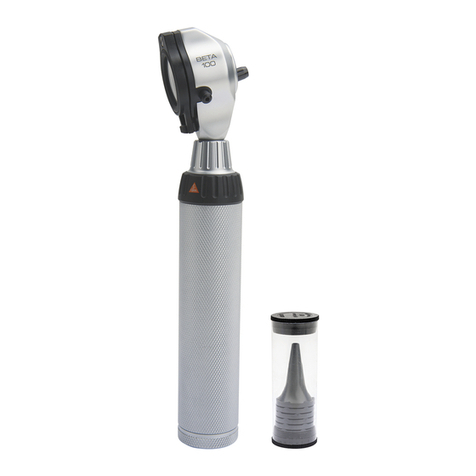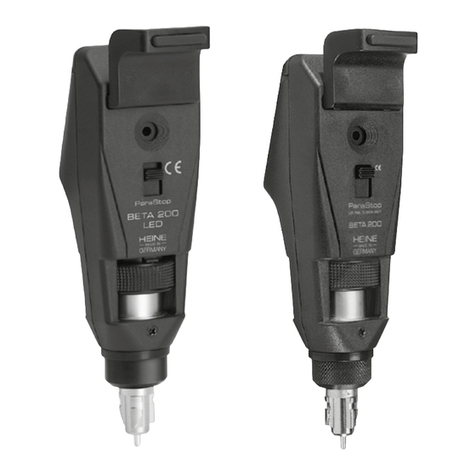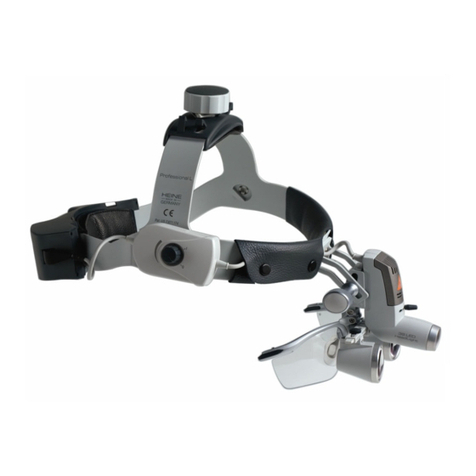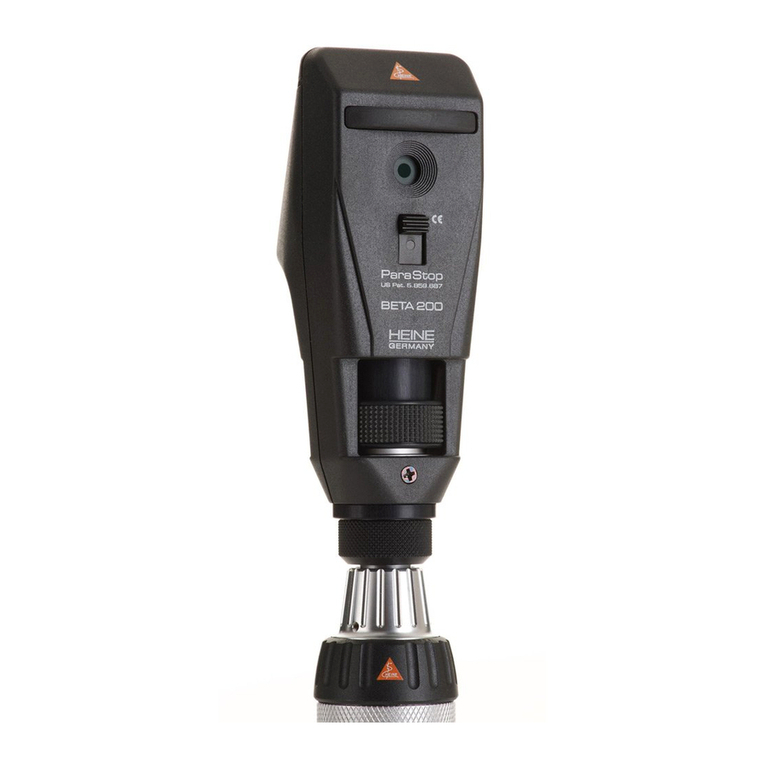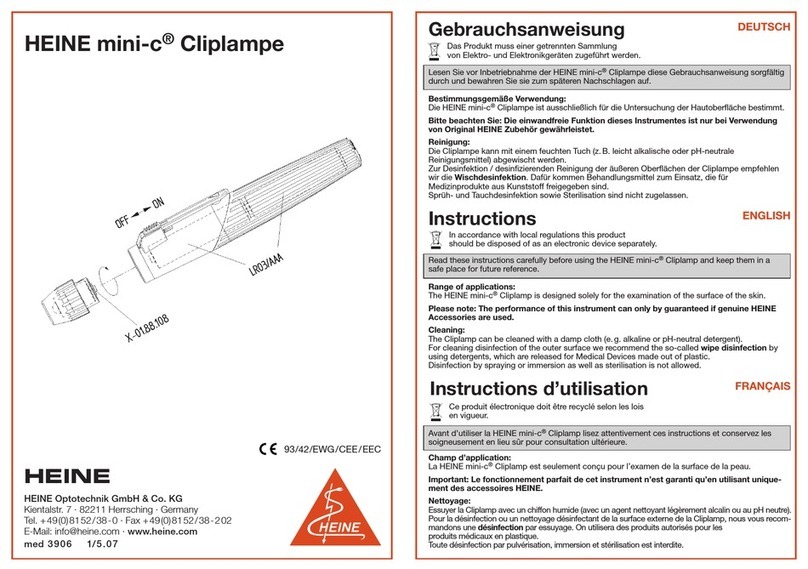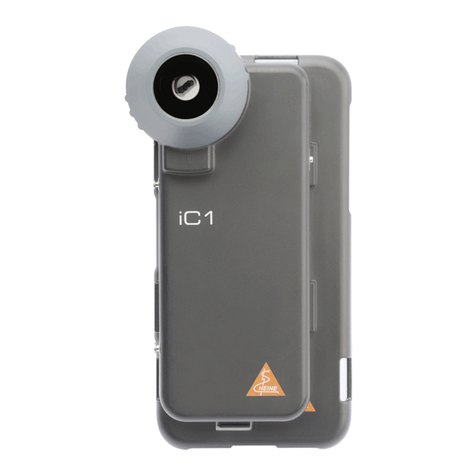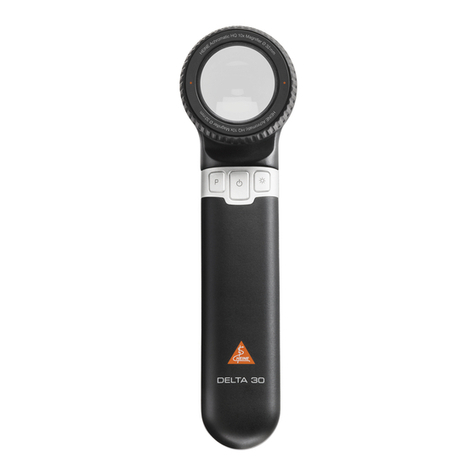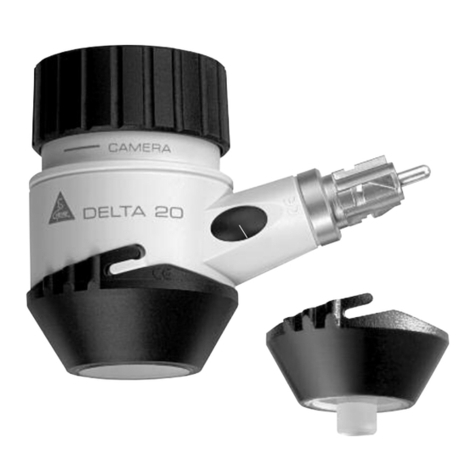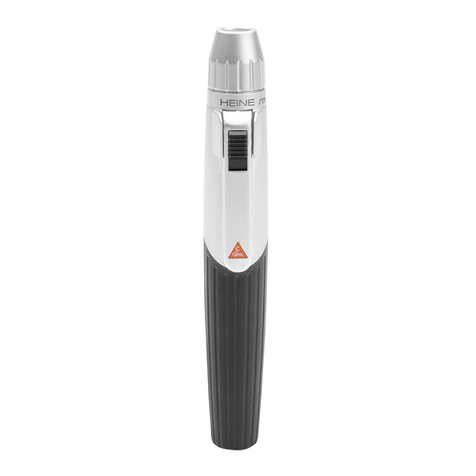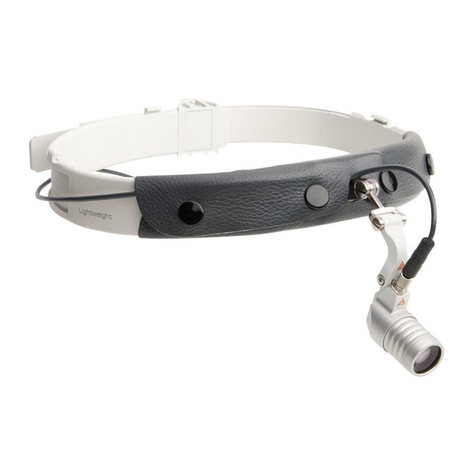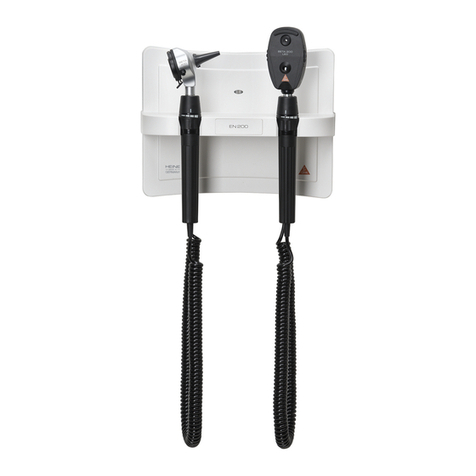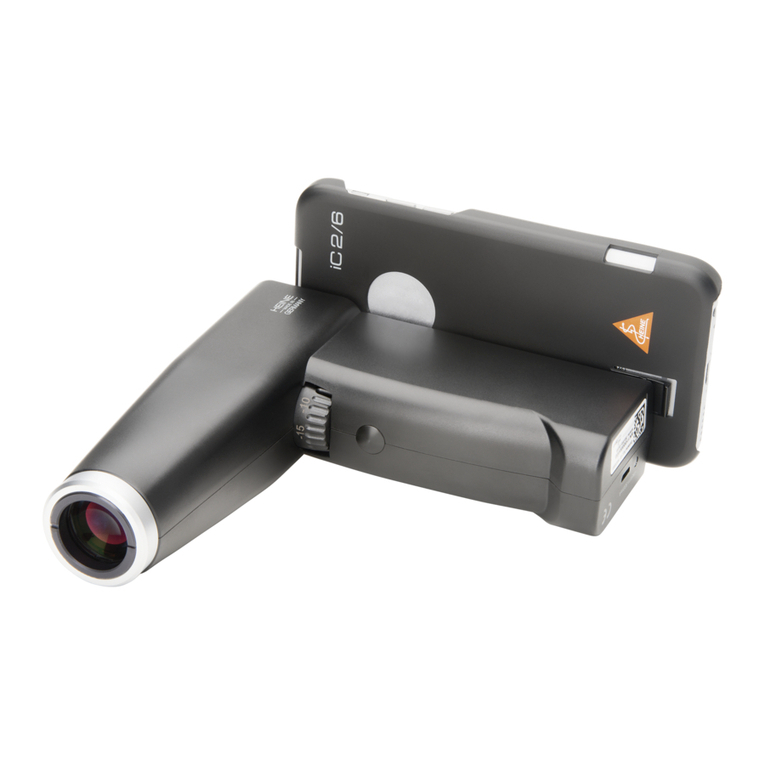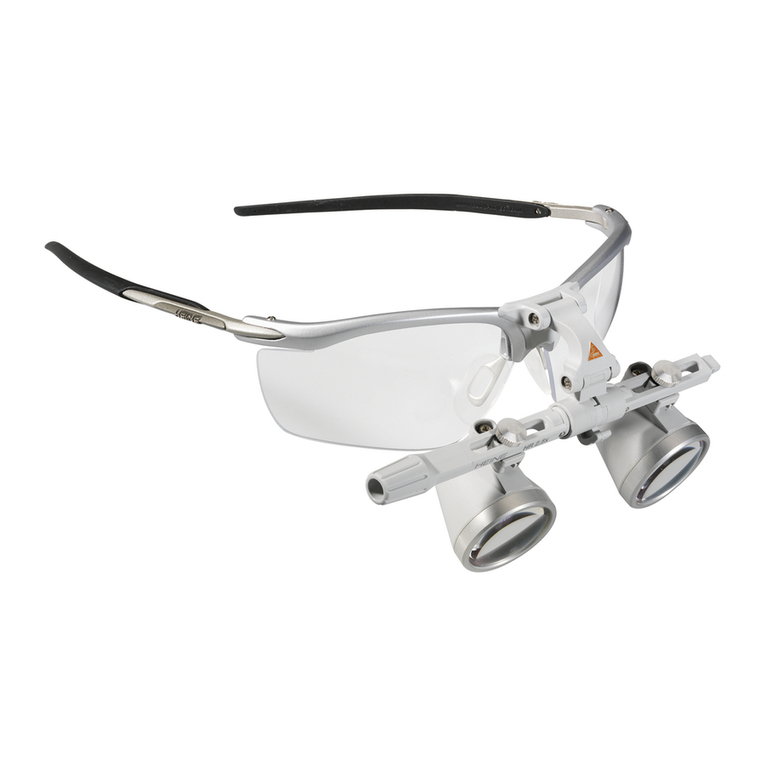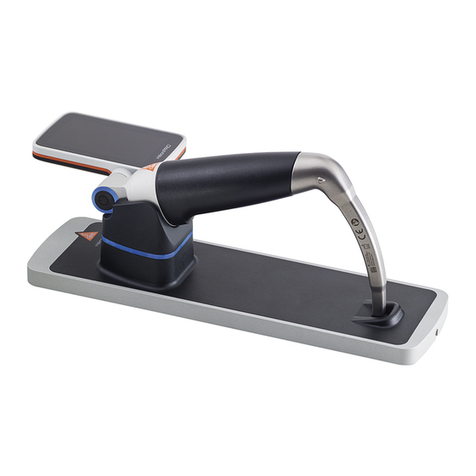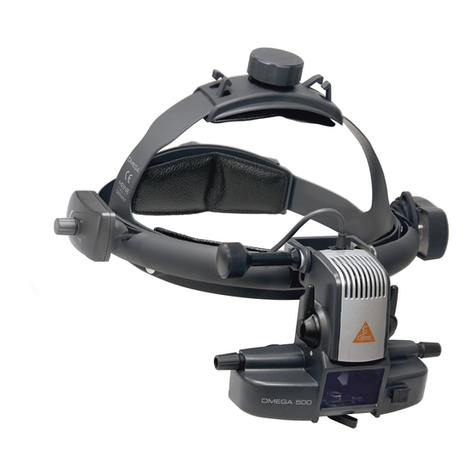
7/56
med 1212 2013- 09-10 med 1212 2013- 09-10
Leitlinien und Herstellererklärung – Elektromagnetische Störfestigkeit
Das Gerät ist für den Betrieb in einer wie unten angegebenen elektromagnetischen Umgebung bestimmt.
Der Kunde oder der Anwender des Geräts sollte sicherstellen, dass es in einer derartigen Umgebung benutzt wird.
Störfestigkeits-
Prüfungen IEC 60601-Prüfpegel Übereinstimmungs-
Pegel Elektromagnetische Umgebung – Leitlinien
Geleitete HF-Störgrößen
nach IEC 61000-4-6 3 V Effektivwert
150kHz bis 80MHz 3 V eff Tragbare und mobile Funkgeräte sollten in keinem
geringeren Abstand zum Gerät einschließlich
der Leitungen verwendet werden als dem
empfohlenen Schutzabstand, der nach der für
die Sendefrequenz zutreffenden Gleichung
berechnet wird.
Gestrahlte HF Störgröße
nach IEC 61000-4-3 3 V/m
80MHz bis 2,5GHz 3 V/m Empfohlener Schutzabstand:
d = 3,5/3 * Wurzel (P)
d = 3,5/3 * Wurzel (P) von 80 MHz bis 800 MHz
d = 7/3 * Wurzel (P) von 800 MHz bis 2500 MHz
mit P als der Nennleistung des Senders in Watt
(W) gemäß Angaben des Senderherstellers und
d als empfohlenem Schutzabstand in Metern (m).
Die Feldstärke stationärer Funksender sollte bei
allen Frequenzen gemäß einer Untersuchung
vor Ortageringer als der Übereinstimmungs-
pegel sein.b
In der Umgebung von Geräten, die das Bild-
zeichen tragen, sind Störungen möglich.
Anmerkung 1: Bei 80 MHz und 800 MHz gilt der höhere Frequenzbereich.
Anmerkung 2: Diese Leitlinien mögen nicht in allen Fällen anwendbar sein. Die Ausbreitung elektromagnetischer Größen
wird durch Absorptionen und Reflexionen der Gebäude, Gegenstande und Menschen beeinflusst.
a
Die Feldstärke stationärer Sender, wie z. B. Basisstationen von Funktelefonen und mobilen Landfunkgeräten, Amateur-
funkstationen, AM- und FM-Rundfunk- und Fernsehsender, können theoretisch nicht genau vorherbestimmt werden.
Um die elektromagnetische Umgebung hinsichtlich der stationären Sender zu ermitteln, sollte eine Studie des Standorts
erwogen werden.Wenn die gemessene Feldstärke an dem Standort, an dem das Gerät benutzt wird, die obigen
Übereinstimmungspegel überschreitet, sollte das Geräts beobachtet werden, um die bestimmungsgemäße Funktion
nachzuweisen. Wenn ungewöhnliche Leistungsmerkmale beobachtet werden, können zusätzliche Maßnahmen erforder-
lich sein, wie z. B. eine veränderte Ausrichtung oder ein anderer Standort des Geräts.
b
Über den Frequenzbereich von 150 kHz bis 80 MHz sollte die Feldstärke geringer als 3 V/m sein.
Empfohlene Schutzabstände zwischen tragbaren und mobilen HF-Telekommunikationsgeräten und dem Gerät
Das Gerät ist für den Betrieb in einer elektromagnetischen Umgebung bestimmt, in der die HF-Störgrößen kontrolliert
sind. Der Kunde oder der Anwender des Geräts kann dadurch helfen, elektromagnetische Störungen zu vermeiden
indem er den Mindestabstand zwischen tragbaren und mobilen HF-Telekommunikationsgeräten (Sendern) und dem
Gerät – abhängig von der Ausgangsleistung des Kommunikationsgerätes, wie unten angegeben – einhält.
Nennleistung
des Senders [W]
Schutzabstand nach Sendefrequenz [m]
150 kHz bis 80 MHz
d = 3,5/3 * Wurzel (P) 80 MHz bis 800 MHz
d = 3,5/3 * Wurzel (P) 800 MHz bis 2,5 GHz
d = 7/3 * Wurzel (P)
0,01 0,1 0,1 0,2
0,1 0,4 0,4 0,7
11, 2 1, 2 2,3
10 3,7 3,7 7, 4
100 11,7 11,7 23,3
Für Sender, deren maximale Nennleistung nicht in obiger Tabelle angegeben ist, kann der Abstand d in Meter (m) unter
Verwendung der Gleichung ermittelt werden, die zur jeweiligen Spalte gehört, wobei P die maximale Nennleistung des
Senders in Watt (W) nach Angabe des Senderherstellers ist.
Anmerkung 1: Bei 80 MHz und 800 MHz gilt der höhere Frequenzbereich.
Anmerkung 2: Diese Leitlinien mögen nicht in allen Fällen anwendbar sein. Die Ausbreitung elektromagnetischer
Größen wird durch Absorptionen und Reflexionen der Gebäude, Gegenstände und Menschen beeinflusst.




















